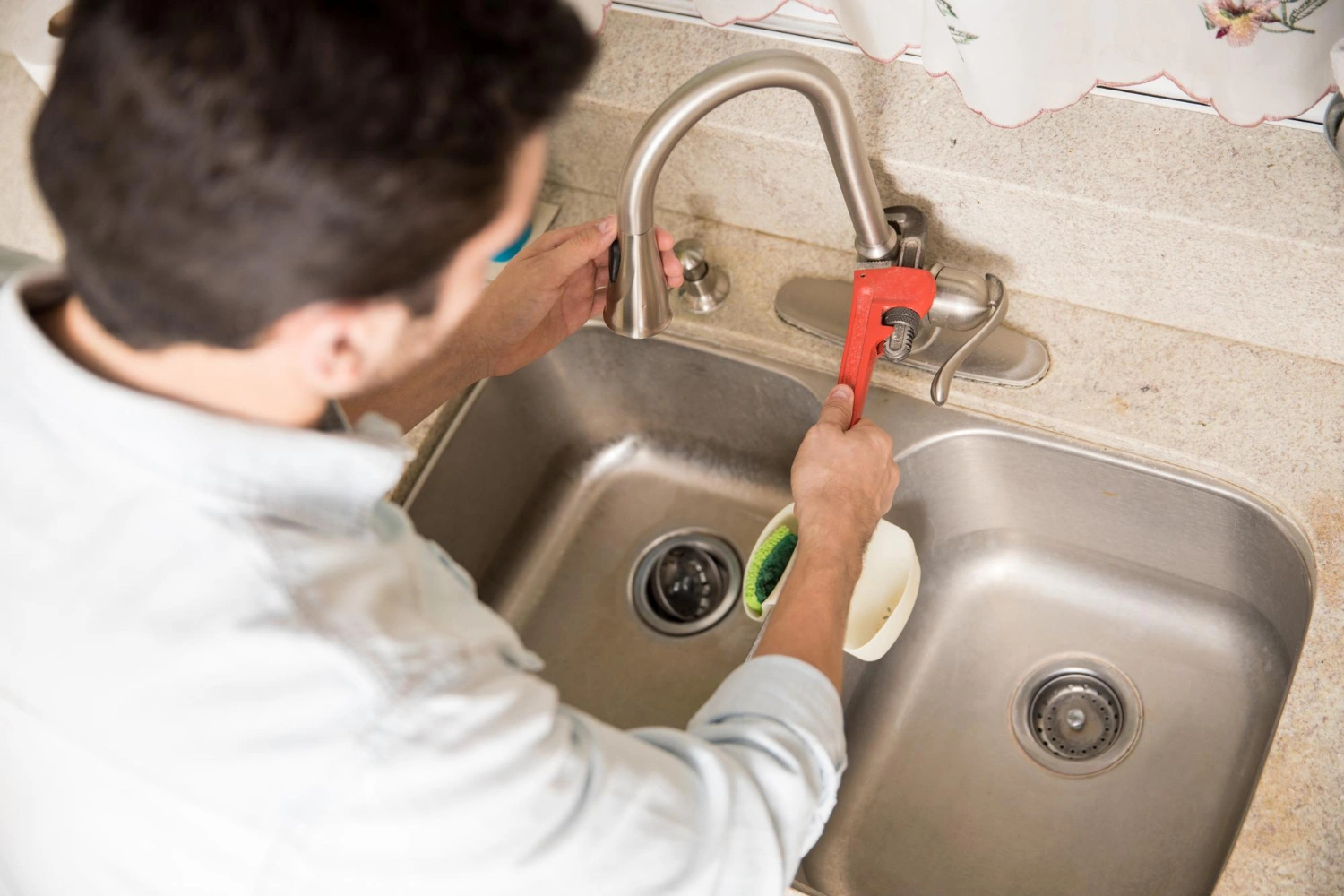A clogged sink can bring your household to a standstill — whether it’s the kitchen filling up with greasy water or a bathroom basin that won’t drain properly. Before you reach for harsh chemicals or call in the professionals, there are a few tried-and-true methods you can try yourself using items you probably already have at home. Of course, if the problem persists or recurs frequently, it’s worth contacting experts like Plumbform for a long-term solution.
Table of Contents
Start with Boiling Water
Sometimes, the simplest solution is the most effective. Boiling water can help dissolve minor grease or soap blockages. Carefully pour a full kettle of boiling water directly down the drain in two or three stages, allowing a few seconds between pours. This can often clear mild build-ups without the need for any tools or chemicals.
The Baking Soda and Vinegar Method
This classic household hack is as effective as it is satisfying. Pour half a cup of baking soda into the drain, followed by one cup of white vinegar. The fizzing chemical reaction helps loosen grime, soap scum, and minor clogs. Let it sit for about 15 minutes before flushing it through with hot water. This eco-friendly method is particularly handy for regular maintenance.
Try the Salt and Hot Water Combo
If you don’t have vinegar on hand, salt can be just as effective. Mix half a cup of salt with boiling water and pour it slowly down the drain. The abrasive texture of the salt, combined with heat, can help break down stubborn grease or fat deposits in kitchen sinks.
Use a Plunger
A trusty plunger remains one of the best tools for unblocking sinks. Fill the sink with enough water to cover the plunger’s rubber cup, then use firm, even strokes to create suction. This helps dislodge blockages and restore proper drainage. Remember to block the overflow outlet with a damp cloth for maximum pressure.
The Wire Coat Hanger Trick
For deeper or more stubborn clogs, straighten out a wire coat hanger, leaving a small hook at one end. Gently insert it into the drain to fish out trapped debris such as hair, food scraps, or other gunk. Just be cautious not to scratch your sink or pipes in the process.
Dish Soap and Hot Water
For greasy clogs, a few tablespoons of dish soap followed by boiling water can help. The soap works to break down fat and oils that solidify in the pipes. This trick works especially well for kitchen sinks that often deal with cooking residue.
Prevent Future Blockages
Once your sink is draining freely again, prevention is key. Avoid pouring oil, grease, or coffee grounds down the drain. Installing a sink strainer can also help catch food scraps and hair before they become a problem.
Also Read : Digital Marketing Tips to Help You Reach Your Marketing Goals
When to Call a Professional
If you’ve tried these DIY fixes without success, the blockage may be deeper in the plumbing system. That’s when calling a licensed plumber is the safest and most effective option – professionals can identify and fix underlying issues to ensure your plumbing remains in top condition.
Unclogging a sink doesn’t always require expensive products or professional help. With a few everyday items and a bit of patience, you can often get your drain flowing freely again. However, if the blockage persists, don’t hesitate to call in the experts — because a quick fix should never come at the cost of your home’s plumbing health.
